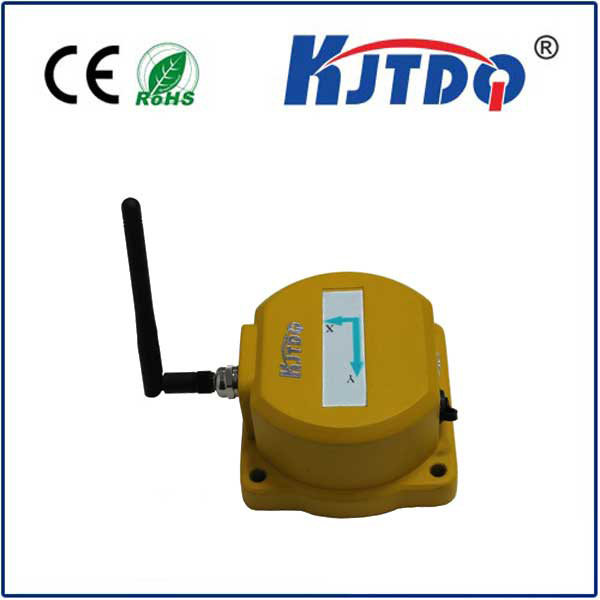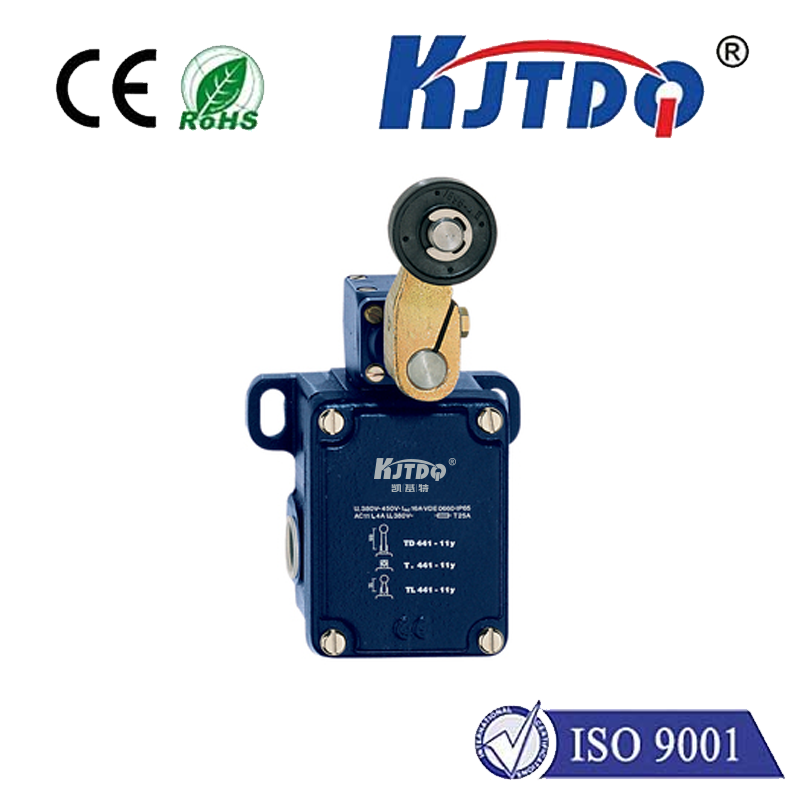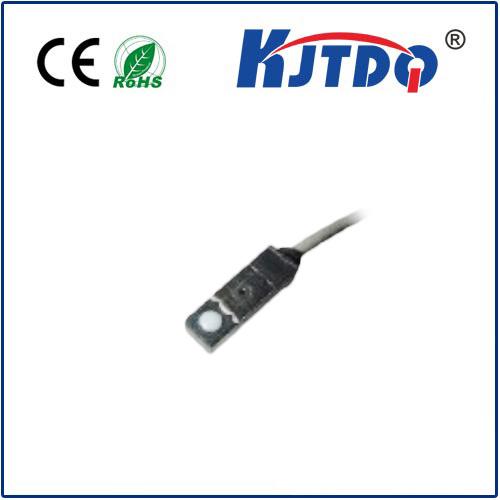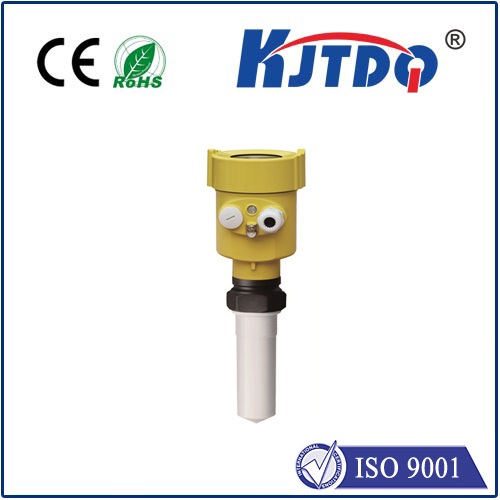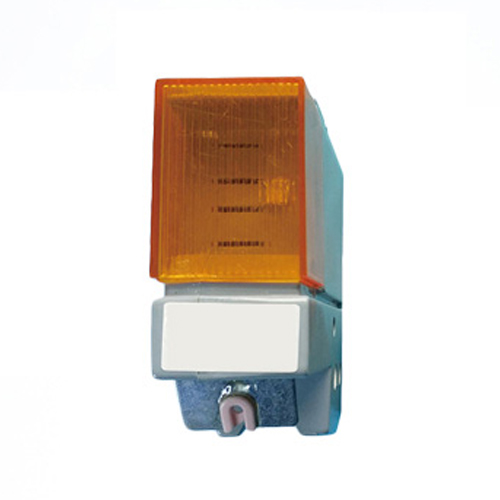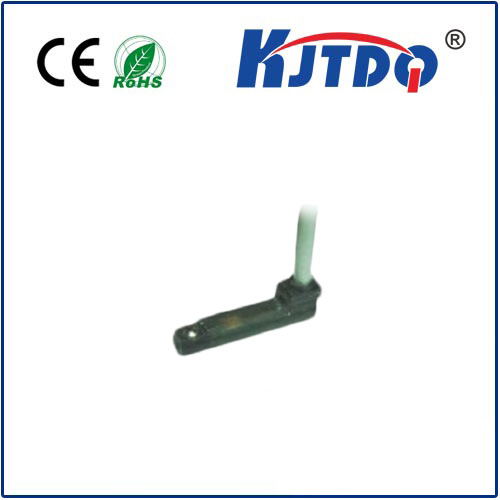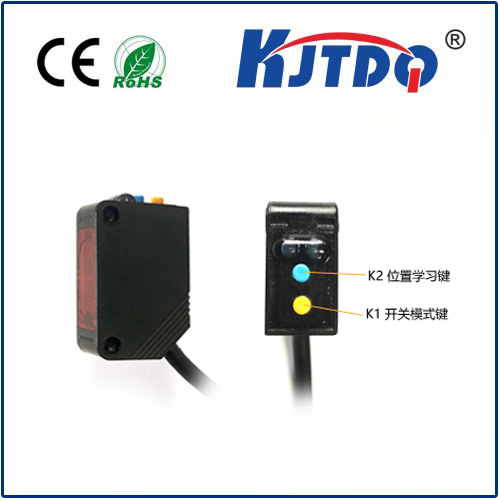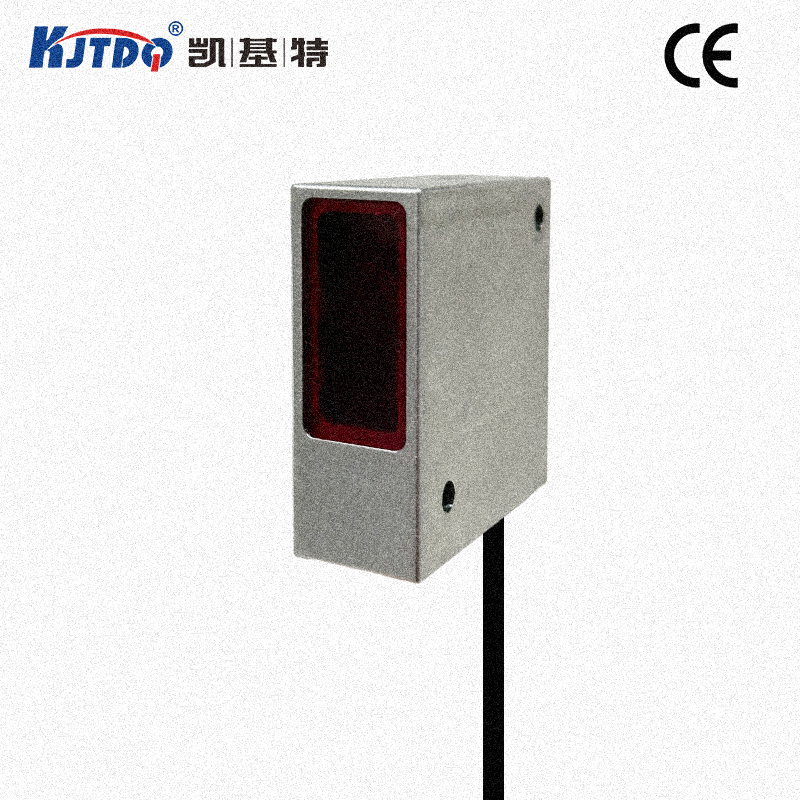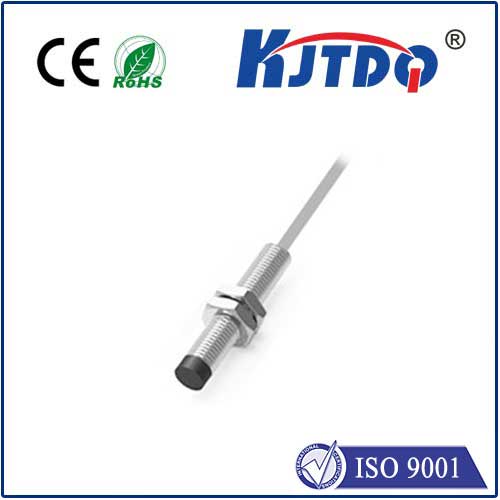temperature switch
- time:2025-08-25 00:43:36
- Click:0
The Silent Sentinel: Demystifying the Crucial Role of Temperature Switches
Think of the most dramatic switch you know – perhaps the massive lever plunging a city into darkness in a sci-fi film. Now, imagine its polar opposite: a tiny, unassuming device silently operating millions of times a day, embedded within the mundane appliances and complex machinery that define modern life. This is the temperature switch. Far from flashy, its fundamental role in safety, efficiency, and reliability makes it one of the unsung heroes of engineering. Without its vigilant monitoring, our coffee makers could boil dry, our car engines could overheat catastrophically, and industrial processes could spiral dangerously out of control. Let’s explore the surprisingly vital world of this ubiquitous component.
What Exactly Is a Temperature Switch?
At its core, a temperature switch is an electromechanical device designed to automatically open or close an electrical circuit based solely on the temperature of its surrounding environment or a specific point it’s sensing. Also commonly referred to as a thermostat, thermal switch, or thermal cutoff, its primary function is straightforward yet critical: to react when a preset temperature threshold is reached or exceeded. This reaction – either interrupting the circuit (opening the switch) or completing it (closing the switch) – triggers a response, such as turning a heater off, activating cooling fans, sounding an alarm, or shutting down a system entirely. Unlike a temperature sensor that merely reports data, a temperature switch takes direct action.
The Ingenious Mechanics: How Do They Work?

The magic lies in translating thermal energy into mechanical movement to actuate the electrical contacts. Several ingenious principles achieve this:
- The Power of Expansion: Bimetal Strips: This is one of the most common and reliable mechanisms. It utilizes a strip composed of two different metals bonded together. Each metal expands at a different rate when heated. As the temperature rises, the faster-expanding metal causes the entire strip to bend. This bending motion is harnessed to either open or close the electrical contacts at a precisely calibrated temperature. Bimetal strips offer durability and a wide operating range.
- Pressure Change Detection: Gas-Filled Bellows or Capillaries: These switches contain a temperature-sensitive fluid or gas sealed within a bulb and connected capillary tube. As the bulb heats up, the fluid/gas expands, creating pressure that travels down the tube. This pressure acts on a diaphragm or bellows, which in turn moves the electrical contacts. This design allows the sensitive bulb to be placed remotely from the switch mechanism itself.
- Material Transformation: Wax Pellets (Thermal Actuators): Certain pellets made of specialized wax expand significantly and predictably when heated. Encased within a cylinder, this expansion drives a piston outward. The mechanical force exerted by this piston is then used to operate the switch contacts. These are often found in automotive applications.
- Digital Precision: Electronic Temperature Switches: Modern variants use electronic sensors (like thermistors or RTDs) to measure temperature. This signal is processed by internal circuitry, which then compares it to a programmed setpoint. When the threshold is crossed, the circuit activates a solid-state relay or electromechanical relay to open or close the power circuit. These offer high accuracy, programmability, and digital communication capabilities.
Where the Sentinel Stands Guard: Key Applications
Temperature switches are indispensable across a vast spectrum of industries and consumer products:
- Home & Kitchen: Safeguarding your coffee maker, toaster, hair dryer (preventing overheating/fire), refrigerator/freezer (controlling compressor cycles), oven thermostat, iron safety cutoffs. Thermal cutoffs are vital fire protection components here.
- HVAC Systems: Integral to furnaces (preventing dangerous overheating), air conditioners (controlling compressor cycling), water heaters (maintaining setpoint, preventing scalding or tank rupture), thermostats regulating room temperature.
- Automotive & Transportation: Protecting engines from overheating (radiator fan control), monitoring transmission fluid, controlling cabin heating/cooling, battery thermal management systems (especially critical in EVs), turbocharger protection.
- Industrial Power & Machinery: Overseeing electric motors (preventing burnout), transformers, generators, bearings. They protect pumps, compressors, hydraulic systems, and furnaces. Thermal switches are fundamental elements of industrial safety interlocks.
- Electronics & Power Supplies: Preventing circuit board components, power adapters, battery packs (charging/discharging safety), and servers from exceeding safe operating temperatures.
- Medical Equipment: Ensuring precise temperature control in incubators, sterilization equipment, diagnostic machines, and therapeutic devices.
Choosing the Right Sentinel: Critical Selection Factors
Selecting the appropriate temperature switch involves careful consideration of several parameters:
- Setpoint (Trip Point): The precise temperature at which the switch must operate. Accuracy and stability of this point are paramount.
- Differential (Hysteresis): The temperature difference between the switch activating and de-activating. A larger differential prevents rapid, unnecessary cycling (“chatter”). Hysteresis is a key design parameter.
- Electrical Ratings: The voltage and current (both AC and DC) the switch contacts must safely handle when opening and closing the circuit. Exceeding ratings risks contact welding or failure.
- Temperature Range: The minimum and maximum ambient temperatures the switch must withstand and operate within reliably. Material selection is crucial here.
- Probe/Sensing Element: Size, material (stainless steel often used for corrosion resistance), and required response time.
- Enclosure & Protection: Need for ingress protection (IP rating) against dust and moisture, resistance to chemicals, or explosion-proof ratings for hazardous environments.
- Contact Configuration: Normally Open (NO), Normally Closed (NC), or Changeover (SPDT). What state is the switch in at ambient temperature?
- Reliability & Certification: Required lifespan, failure modes (fail-safe considerations), and relevant safety certifications (UL, VDE, cUL, etc.).
Beyond the Basics: Innovation and Integration
The world of temperature switch technology is not static. We see continuous evolution:
- Enhanced Accuracy & Programmability: Digital and electronic thermostats offer tighter tolerances and the flexibility to change setpoints remotely or via software, which is ideal for complex or evolving processes.
- Miniaturization: As devices get smaller, so do their protection components, demanding increasingly compact yet reliable thermal switches.
- Communications Capabilities: Integration of communication protocols (e.g., IO-Link, HART) allows temperature switches to provide diagnostic data and status information beyond just an open/closed contact, facilitating predictive maintenance.
- Material Science Advancements: New materials enable switches to operate reliably in more extreme environments, whether ultra-high vacuum, cryogenic temperatures, or highly corrosive settings.
The humble temperature switch is a masterpiece of practical engineering. Its silent, automatic intervention is woven into the fabric of our technological world, providing an essential layer of protection and control that we largely take for granted. From preventing our morning toast from charring to ensuring a jet engine operates within safe thermal limits, these critical components act as indispensable thermal guardians. Understanding their function, types, and application needs is fundamental for engineers, technicians, and anyone involved in designing, maintaining, or simply relying on the countless machines and systems that define modern existence. They truly are the silent sentinels, tirelessly watching the heat.






